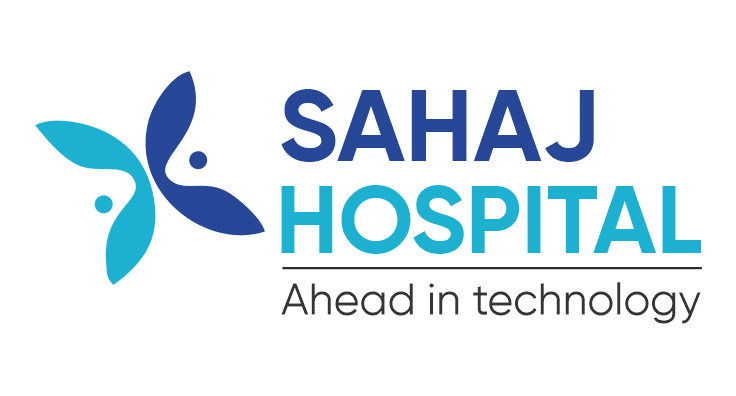Upper GI Endoscopy
What Is an Upper GI Endoscopy?
An upper GI endoscopy is a diagnostic procedure used to examine the upper gastrointestinal (GI) tract, which includes:
- Esophagus (food pipe)
- Stomach
- Duodenum (initial part of the small intestine)
The procedure involves an instrument called an endoscope—a long, flexible tube with a camera at its tip. The camera transmits images to a monitor, allowing the physician to visualize and assess the GI tract for abnormalities.
Why Is Upper GI Endoscopy Done?
To Investigate Symptoms Such As:
- Difficulty in swallowing.
- Unexplained weight loss.
- Upper abdominal or chest pain (unrelated to heart disease).
- Persistent, unexplained vomiting.
- Bleeding from the upper GI tract.
To Diagnose Conditions Such As:
- GERD (Gastroesophageal Reflux Disease).
- Narrowing or obstruction in the GI tract.
- Enlarged veins in the esophagus.
- Inflammation or ulcers.
- Abnormal growths (benign or malignant).
- GI infections or other conditions affecting the upper GI tract.

How Is Upper GI Endoscopy Done?
Preparation:
- Patients must fast for at least 8 hours before the procedure.
- Ongoing medications, especially anticoagulants, may need to be temporarily discontinued to reduce bleeding risk.
- Special instructions are provided for managing chronic conditions such as diabetes, hypertension, or heart disease.
During the Procedure:
- A sedative is administered to help patients relax, leaving them awake but less aware.
- An anesthetic spray numbs the throat to facilitate smooth passage of the endoscope.
- The gastroenterologist carefully examines the esophagus, stomach, and duodenum for abnormalities.
- If needed, biopsies are taken or minor procedures (e.g., stopping bleeding, removing growths) are performed.
Post-Procedure:
- Patients are observed in a recovery area for about an hour until the sedative wears off.
- Discomfort such as gas bloating, cramping, or a sore throat is common but subsides on its own.
Next Steps After Endoscopy
- Based on the results, a tailored treatment plan may be recommended.
- Biopsy findings, if taken, can guide further management.
Risks Associated with Upper GI Endoscopy
Upper GI endoscopy is generally safe, but potential complications include:
- Medication reactions.
- Exacerbation of existing comorbidities (e.g., heart, lung, or liver conditions).
- Bleeding at biopsy or excision sites.
- Rarely, perforation of the esophagus, stomach, or duodenum may occur, requiring surgical intervention.
Why Choose Sahaj Hospital?
At Sahaj Hospital, Indore, we combine expert care with cutting-edge technology:
- State-of-the-Art 3D Endoscopy: Provides enhanced depth perception for precise diagnosis and treatment.
- Experienced Specialists: Highly skilled gastroenterologists ensure safe and effective procedures.
- Patient-Centric Approach: Minimal complications and high patient satisfaction
Experience Advanced GI Care
Visit Sahaj Hospital, the leading Upper GI Endoscopy Centre in Indore, for expert diagnosis and treatment of digestive issues. Let our team of specialists and advanced technology help restore your digestive health.
